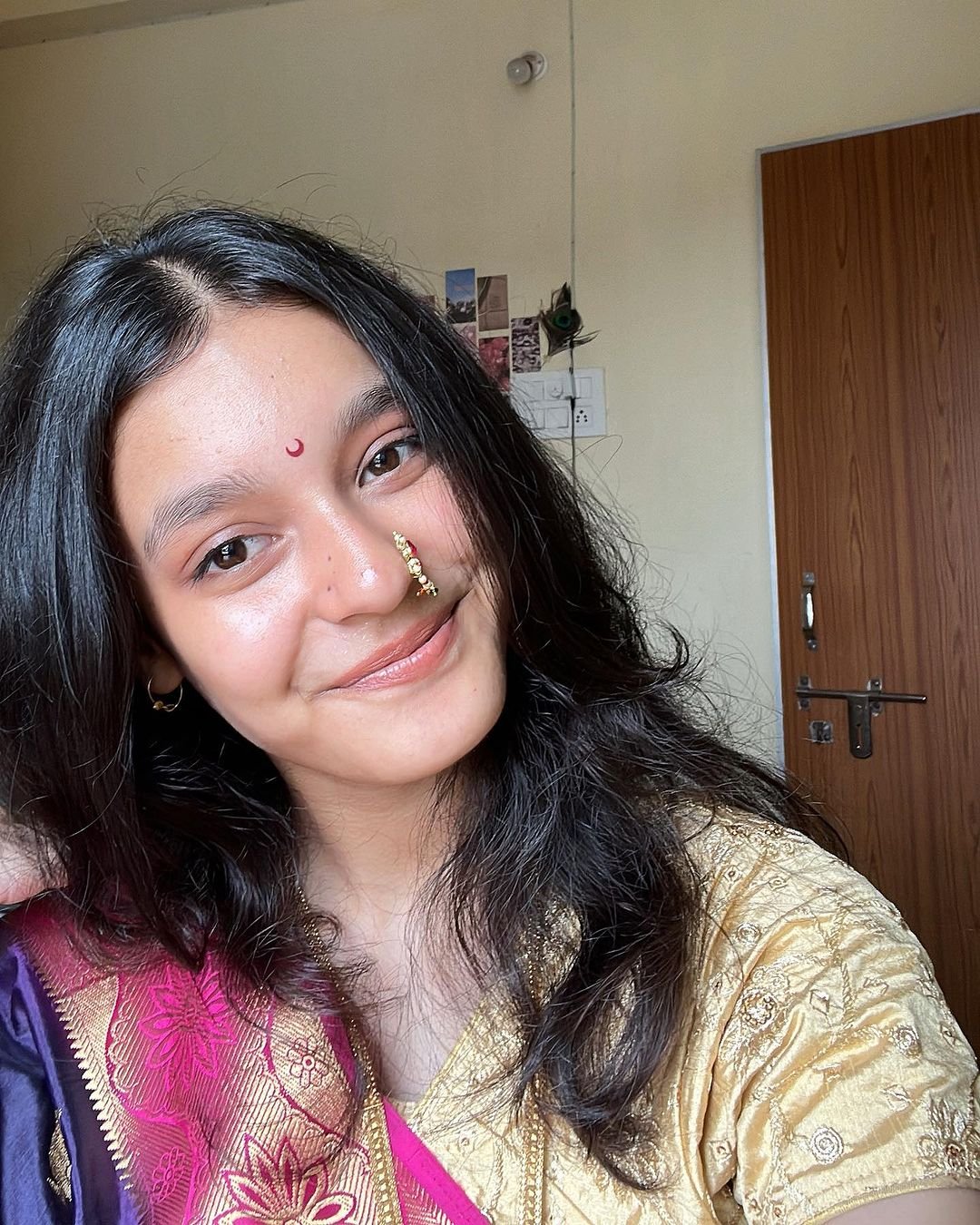Is the Subhashree Viral Video phenomenon merely a product of digital overreach, or does it signify a deeper societal issue? The rapid dissemination of private content without consent has become an alarming trend in our interconnected world. A bold statement must be made: this is not just about one video; it's about the ethical boundaries we choose to uphold in the digital age.
The Subhashree Sahu Viral MMS incident began when a private video was leaked onto various platforms, sparking widespread debate. This unauthorized sharing highlights the vulnerabilities individuals face in today’s hyper-connected environment. As the video spread across social media and messaging apps, it garnered significant attention, raising questions about privacy rights and the responsibility of digital citizens. While many users were quick to share the content, few stopped to consider the implications for the individual involved. This case serves as a stark reminder of the potential consequences of thoughtless actions in cyberspace.
| Personal Information | Details |
|---|---|
| Name | Subhashree Sahu |
| Date of Birth | Not disclosed publicly |
| Place of Origin | Rudrapur (Uttarakhand), India |
| Occupation | Content Creator / Social Media Influencer |
| Social Media Presence | Instagram Profile |
| Career Highlights | Gained prominence through viral content creation; active on platforms like TikTok and Instagram. |
The ripple effects of such incidents extend far beyond the initial act of sharing. For Subhashree Sahu, the repercussions have been profound, with her personal life becoming a subject of public scrutiny. Despite attempts to reclaim control over her narrative, the stigma attached to the leak persists. In response, she has taken steps to engage directly with her audience, using her platform to advocate for digital ethics and awareness. Her journey underscores the importance of respecting others' privacy and understanding the long-term impact of online behavior.
Platforms like TikTok have played a pivotal role in amplifying the reach of the Subhashree Sahu Viral MMS. Videos related to the incident quickly amassed thousands of views, likes, and comments. However, this visibility came at a cost. Many accounts capitalized on the controversy by reposting the content, often without considering the legal or moral implications. Such actions not only violate the principles of consent but also perpetuate harmful stereotypes and narratives. It is crucial for users to recognize their role in either exacerbating or mitigating these issues.
In analyzing the broader context of viral phenomena, it becomes evident that they often reflect underlying societal attitudes. The rapid consumption and distribution of sensitive material suggest a collective desensitization to privacy concerns. Furthermore, the commodification of private moments for entertainment purposes raises serious questions about the values upheld within digital spaces. Efforts must be made to foster greater empathy and accountability among users, ensuring that technology serves as a tool for connection rather than exploitation.
One notable aspect of this incident is its intersection with scientific discourse. Interestingly, terms like viral theorems and MMS have found parallels in quantum mechanics studies. These concepts explore how certain phenomena propagate under specific conditions, much like the way information spreads online. By examining the mechanisms behind viral trends, researchers can gain insights into human behavior and develop strategies to address associated challenges. This interdisciplinary approach offers promising avenues for addressing the complexities of modern communication.
For instance, the graph depicting general potential and turning points provides a visual representation of thresholds and transitions. Similarly, in the realm of digital interactions, there exist critical junctures where decisions can alter outcomes significantly. Recognizing these moments allows individuals and communities to make informed choices that prioritize respect and integrity. Applying theoretical frameworks from fields like physics to social dynamics could yield innovative solutions for navigating the digital landscape responsibly.
Beyond the immediate fallout of the Subhashree Sahu case, there lies an opportunity for constructive dialogue. Educational initiatives aimed at promoting digital literacy can empower users to navigate online environments more conscientiously. Additionally, stricter enforcement of privacy laws and guidelines for content moderation may help curb instances of unauthorized sharing. Collaboration between stakeholders—platform providers, policymakers, educators, and individuals—is essential to creating safer digital ecosystems.
Ultimately, the Subhashree Viral Video phenomenon serves as a call to action. It challenges us to rethink our approach to technology and its integration into daily life. By fostering a culture of mutual respect and accountability, we can mitigate the risks posed by unchecked digital practices. Let this incident inspire meaningful change, transforming the way we interact with each other in the virtual realm.



